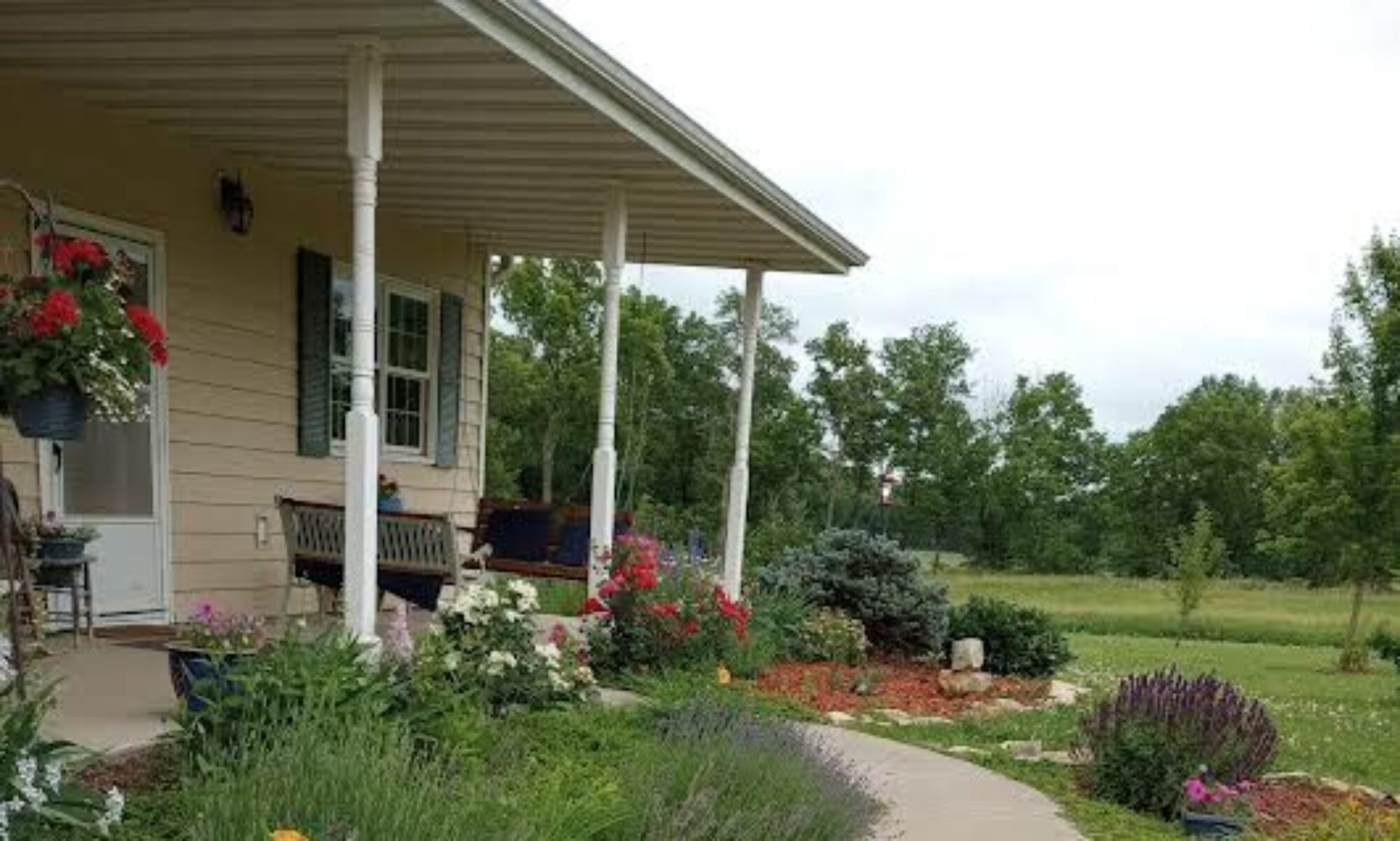
There are two ways to reach the rocky road that leads to the pasture. One is through the barnyard which usually means going through several gates; the other is around the top of the barn, past the double sliding doors, along the roof of the old stable, through a wooded area, and upward to the open pasture.
I had been busy and was stuck in the mundane existence of daily life. My world had become smaller, duller, and ordinary. No great inspiration compelled me to do my daily prayer walk or even expect my regular quiet time to inspire me. I was experiencing a gray world, one of those times when life was just Boring.
Then I took a walk.
I had decided to take the trail past the top of the barn.
The same old, gray world met my senses.
However, rounding the stable walls, my gaze fell upon something I had never seen here before: A lush, ivy-covered hillside had replaced the rocky soil of the forest. Hidden in a crevice was a low, stone grotto. The air I breathed was soft and perfumed.
At the side of the trail, a white-robed figure emerged and quietly walked toward me, stretching out his hands. Though I had never seen him before, I instantly recognized him. He was loving, though somehow fierce; inviting, yet not safe; gentle, yet strong.
I stopped and dropped my head. My eyes filled with tears, my heart with shame. His soft voice cut into my soul: “Yes, Nancy, I have been waiting here for you for a long time.”
The shock woke me from my dream. I lay in the darkened bedroom in a mixture of awe and worship. “I wait,” he said, “sometimes in surprising places to remind you that I am always here. Always. . . if you open your eyes to see.”
Os Guinness uses the phrase a world without windows to describe today’s culture that has denied the supernatural. Only what we can see, taste, and feel with our senses is real. And when that world is harsh, gray, or painful, it is all we have.
My life was charged with Reality in the next few days, weeks, and months after that dream. I had had the kind of encounter that wakens the soul in expectation.
However, I also move and have my being in that world without windows, and it is easy to fall back into a dazed existence, one where I feel no need for God in any area of my life. I grow blind, once again, to the world that Gerard Manly Hopkins so aptly describes as “charged with the grandeur of God”! (see https://www.bartleby.com/122/7.html)
These days, as I walk past the bend in the path and look at the wooded hillside, I sometimes look for that grotto and that stranger. I remind myself that, even though I can’t see Him with my eyes, He is there. He is here. He is waiting for me to see.
God, show me the Real beyond the walls of this world. I want to know that you are here, invading my world with your Reality and power.







